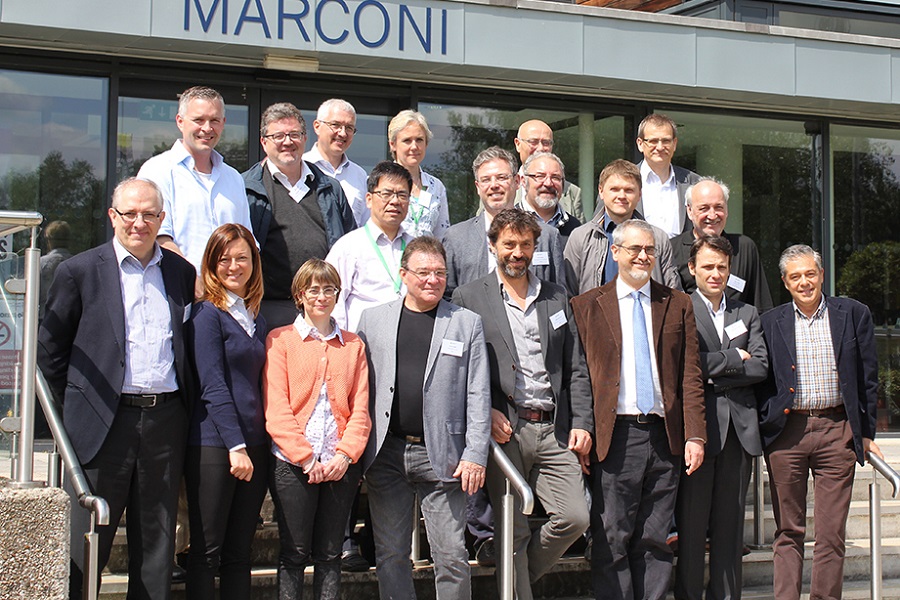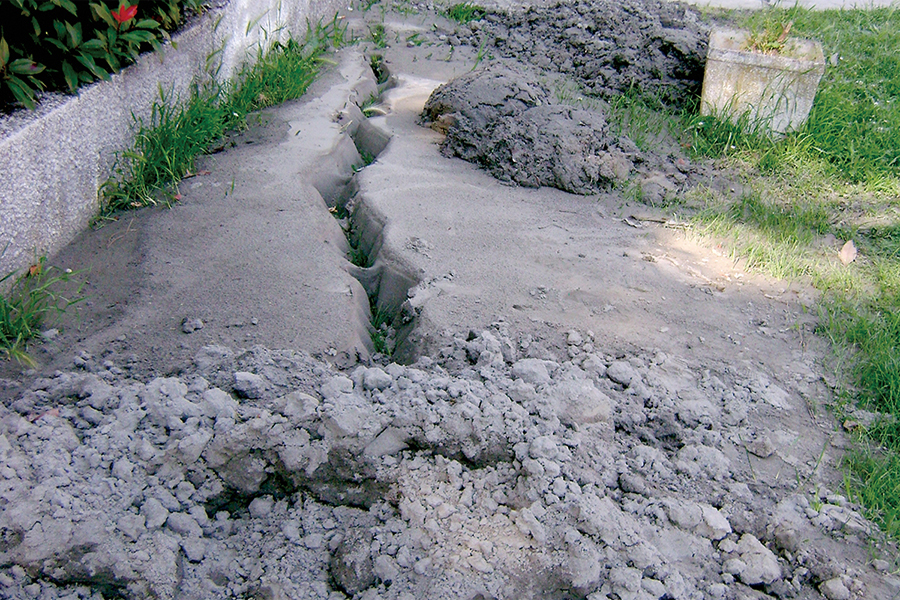Recent events have demonstrated that Earthquake Induced Liquefaction Disasters (EILDs) are responsible for tremendous structural damages and fatalities causing in some cases half of the economic loss caused by earthquakes.
With the causes of liquefaction being substantially acknowledged, it is important to recognize the factors that contribute to its occurrence, to estimate hazards, then to practically implement mitigation strategies that consider the susceptibility of the site to liquefaction, the type and size of involved structures.
The LIQUEFACT, funded by the EU within the H2020 – DRS 2015 call (Research Innovation Action), addresses the mitigation of risks to EILD events in European communities with a holistic approach.
The project deals not only with the resistance of structures to EILD events, but also with the resilience of the collective urban community in relation to their quick recovery from an occurrence.
The LIQUEFACT project sets out to achieve a more comprehensive understanding of EILDs, the applications of the mitigation techniques, and the development of more appropriate techniques tailored to each specific scenario, for both European and worldwide situations.
The project, started on May 1, 2016, will last 3.5 years. Partners are:
- Anglia Ruskin University (United Kingdom) – Coordinator.
- Università degli Studi di Pavia and EUCENTRE (Italy) – Technical lead.
- Universidade do Porto (Portugal).
- Università degli Studi di Napoli Federico II (Italy).
- Trevi S.p.A. (Italy).
- Stiftelsen Norsar (Norway).
- Univerza v Ljubljani (Slovenia).
- Università degli Studi di Cassino e del Lazio Meridionale (Italy).
- Slp d.o.o. Ljubljana (Slovenia).
- Istituto Sperimentale Modelli Geotecnici, ISMGEO (Italy).
- Istanbul Universitesi (Turkey).



